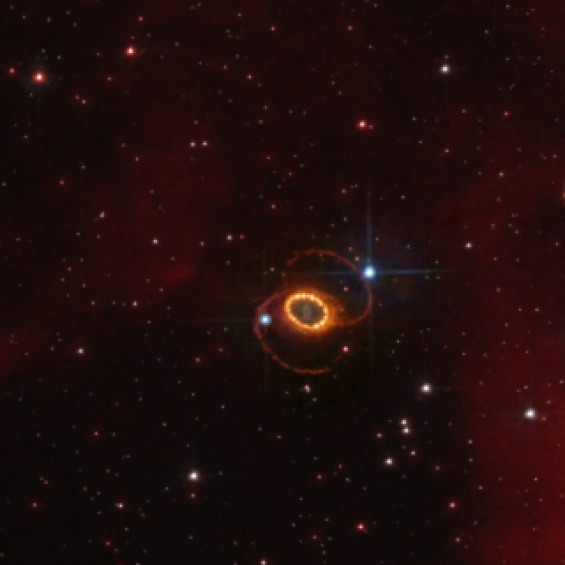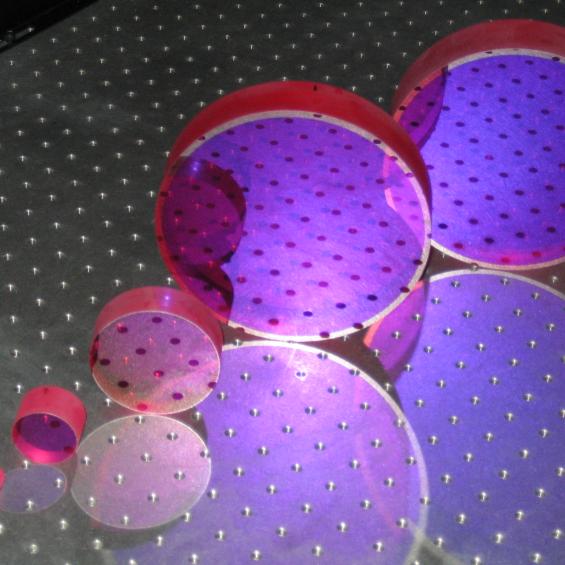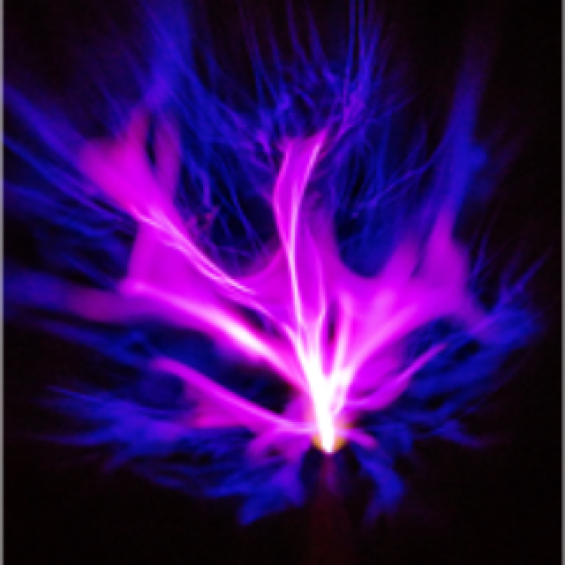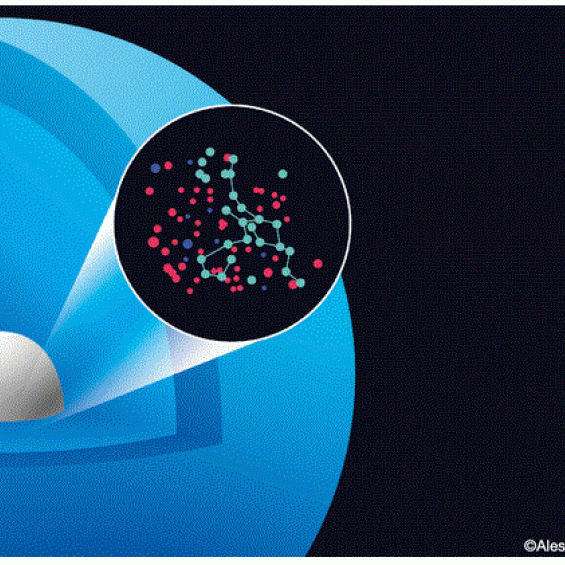
Depuis sa création en 1988, le LULI a comme activité principale l’étude des plasmas denses et chauds créés par des lasers intenses. Historiquement tourné vers la fusion par confinement inertiel, le LULI a élargi au fil des ans le spectre de ses intérêts vers l’astrophysique de laboratoire et l’interaction laser-matière à très haute intensité.













